Last month I attended my first CSTA conference. I LOVED the positive energy. From the keynote speakers to the exhibition space to the breakout sessions, everyone at CSTA2018 seemed genuinely happy to be together and they were clearly excited to share, learn, and ultimately do more for students.
My favorite part of CSTA2018 was the session with Andy (Andrea) Gonzales. In short, while in high school, she and a friend created a viral video game, won a Webby Award, wrote a book, were covered by multiple media outlets and now she is on a full ride scholarship to both UNC Chapel Hill and Duke. Impressively, she’s determined to leverage her space in the spotlight to do more for other young women like herself.
Andy talked about the exclusion she felt as a young woman learning computer science. She shared that the early support of an adult (her male summer camp counselor) was key to her success today. She described the misconceptions she had about computer science and the stereotypes that so many other young women and women of color struggle with. She emerged from her experiences more empowered and now wants to empower others.
Andy and her story are impressive. And yet, the thing that struck me the most about Andy was the response she garnered from the adults in the room.
Nearly all the questions Andy fielded from the audience of 700+ computer science education teachers and advocates were about they could do more to support girls and students of color in their computer science classes. How can I get more girls to join? What do you think I can do differently? Of the few girls I have in my computer science classes, how can I get them to engage more? How do I best support my students of color?
These questions clearly articulated the teachers’ desire to do more to help ALL their current or potential CS students succeed. They also illustrated the gaps that exist for teachers to find – and then implement – the resources that would help them reach this goal.
To be clear, I am not an expert on this topic. And in full transparency, I work for a tech company that is actively working on how it makes progress on diversity, equity and inclusion internally and how it can play a role in increasing equitable access to computer science education around the world.
I do know that there is a lot of good and important work that has been done on equity and inclusion in education broadly, and specifically in math and science. And while we are making progress, and there is a lot of great research on what the issues and challenges are in diversity, equity and inclusion in computer science, what I hear from teachers and others in CS education is that we still have work to do to make practical solutions easy for teachers to bring to life, specifically for computer science.
I know that by sharing a short list of resources, I am bound to leave things out. But with the goal to start somewhere, as I’ve been on my learning journey, others have told me that the following resources and information have been helpful in their work to support success for all students in their computer science classes and programs.
I’m sure you have some you want to share – please do! Post them on Twitter, tagging @csteachersorg with the hashtag #CSforAll so others can see them too. You can view all posts that use these two tags here.
Defining the issues:
- Watch Code.org’s video on diversity and equity in Computer Science.
- Review the chapter on Equity in the K-12 Computer Science Framework.
- Check out research and resources Microsoft collected: Why Girls Lose Interest in STEM and What We Can Do About It.
- Review the University of Michigan Center for Research on Teaching and Learning’s definition and consolidated research on inclusive teaching practices.
Practical tools and resources for teachers and schools:
- NCWIT’s Aspirations in Computing provides a long-term community for female technologists, from K-12 through higher education and beyond. Their Counselors for Computing program provides professional school counselors with information and resources they can use to support ALL students as they explore computer science education and careers. Check out Engage CS Edu and more resources from NCWIT.
- CS-specific Universal Design for Learning (UDL) Framework to plan for diversity in your classroom.
- New York City Department of Education’s Blueprint includes tools for planning meaningful CS experiences for all learners.
- Advice, practices and strategies for implementing culturally responsive pedagogy and how teachers can bring anti-bias values to life.
- Code.org’s curriculum and professional learning is built with inclusion and equity in mind.
- Exploring Computer Science is a year-long, research-based, high school intro-level computer science curriculum and teacher professional development program that focuses on broadening participation in computing.
- The CSforAll SCRIPT rubric can help identify the level of development across a variety of critical elements of K-12 computer science education, including materials for diverse learners.
Recent blog posts by fellow CSTA board members:
- Tapestry Workshops: Diversity-focused Professional Development by Jane Prey
- A Call to Celebrate Diversity in Computer Science by Bryan Twarek
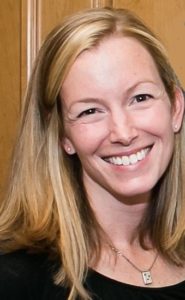 Yvonne Thomas
Yvonne Thomas
Partner Representative CSTA Board


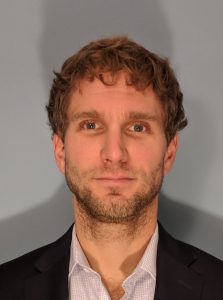
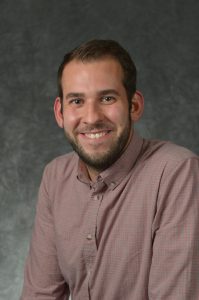


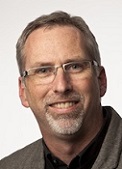
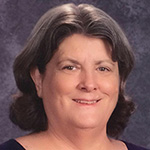
 Miles Berry, International Representative
Miles Berry, International Representative  The 2018 CSTA conference is almost at capacity —
The 2018 CSTA conference is almost at capacity —